When you purchase through links on our site, we may earn an affiliate commission. Here’s how it works.
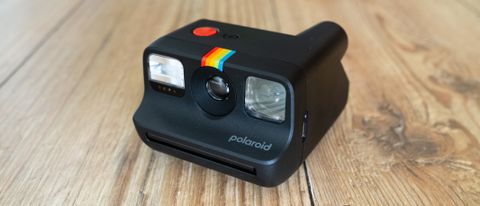
Shop any Phone Here link: Coupon Code to get 2
TechRadar Verdict
In the age of instantaneous digital photography, Polaroid cameras maintain their sense of magic and awe. The small size and light weight of the Polaroid Go 2 make it highly portable, while the self-timer and double-exposure features are useful and fun. Image quality has a more retro feel than Polaroid film from even as late as the 1990s, but the look is pleasing, and fits the format well.
Pros
- +Small and lightweight
- +Retro-inspired image quality
- +Self-timer and double exposures
Cons
- –45cm minimum focus distance
- –Not great in low light
- –You need to factor in the cost of film
Two-minute review
I grew up being photographed with, and taking photographs with, Polaroid cameras, which were pretty much standard fare for family photography in the 1970s, 80s and 90s. The Polaroid Go 2 is based on the Polaroid 1000 Land Camera in terms of aesthetics, but with a modernized and miniaturized design. Due to its small size, basic-but-fun features and ease of use, it’s a contender for one of the best film cameras you can buy.
The last Polaroid camera I used and reviewed before the Go 2 was the Polaroid z340, which was released back in 2011. This was a digital camera that used a Zink printing system to produce prints with a printed rebate alongside digital image files, and while it was innovative, it lacked the charm and the quality of traditional analog Polaroid prints. The Go 2 rectifies this, taking us back to what makes Polaroid cameras so appealing: true instant analog photography.
The Polaroid Go 2 is available in multiple kits alongside accessories, with the standalone camera costing
Polaroid Go 2: design
The Go 2 is much smaller than the Polaroid 100 Land Camera it takes its design cues from, being palm-sized but with a much more rounded finish. It’s also available in black, white, blue, and red, so you can select the color you prefer. For me, the black finish looks best, contrasting nicely with the red shutter button and the Polaroid rainbow.
The camera is made using 30
Image 1 of 4


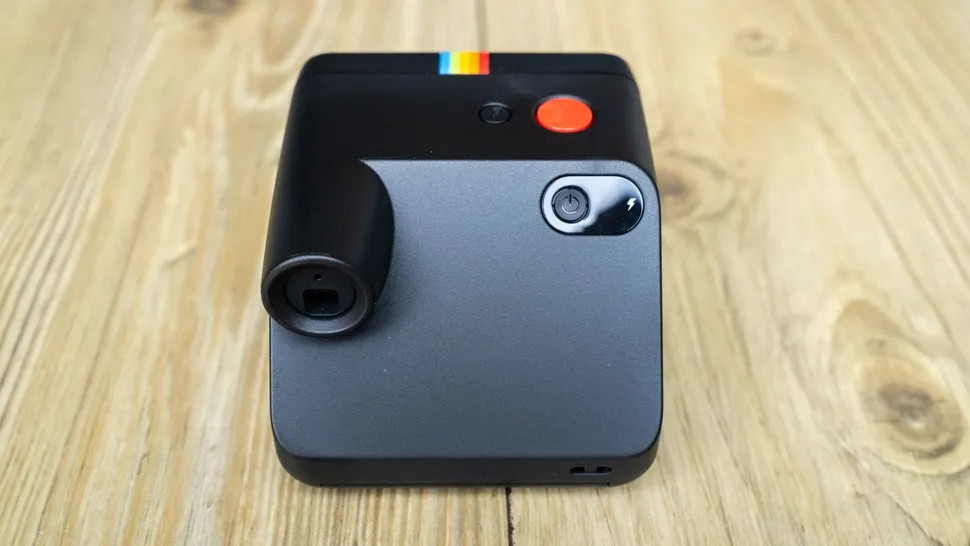
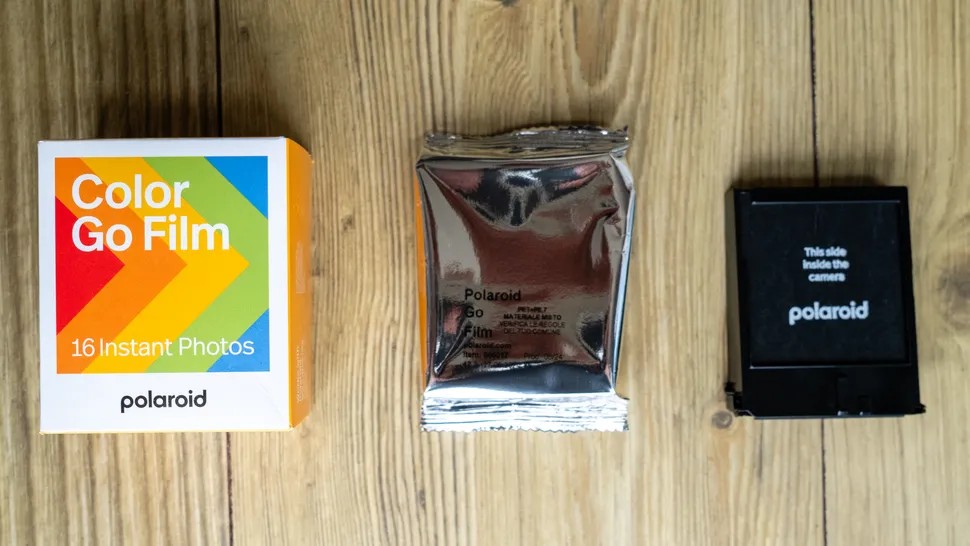
The viewfinder is surprisingly reliable despite parallax error, which is the difference between what you see through the viewfinder and what the adjacent lens captures. One useful feature of the viewfinder is that the front is mirrored, so you can use it to help compose selfies, which can be taken using either the shutter button or the self-timer.
The camera uses an internal rechargeable battery that’s charged via USB-C. Battery life is good, and the remaining charge is indicated by green, orange and red on the LED that shows the camera is switched on. The only downside here is that the battery is built-in, so you can’t change or replace it, although this is only likely to be an issue after years of use.
Polaroid Go 2: performance
Image 1 of 3
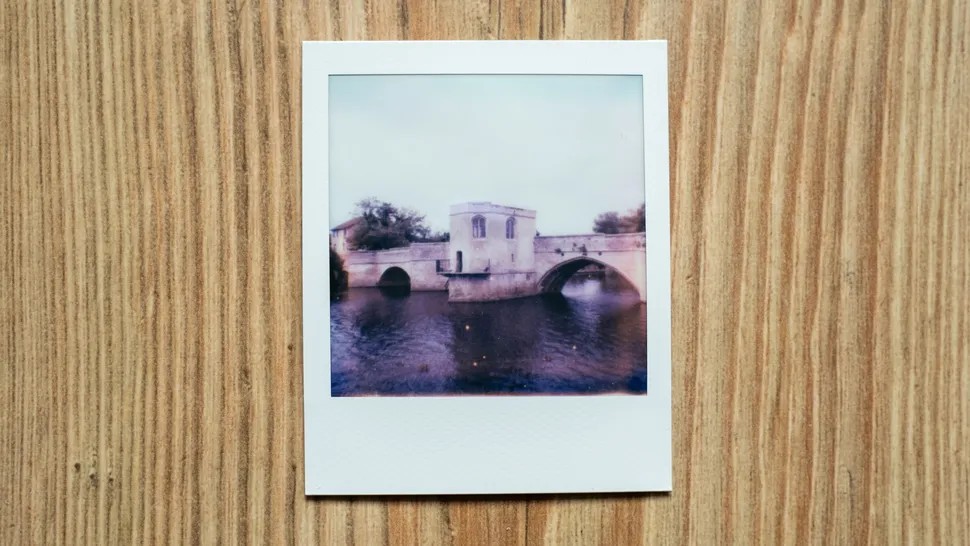

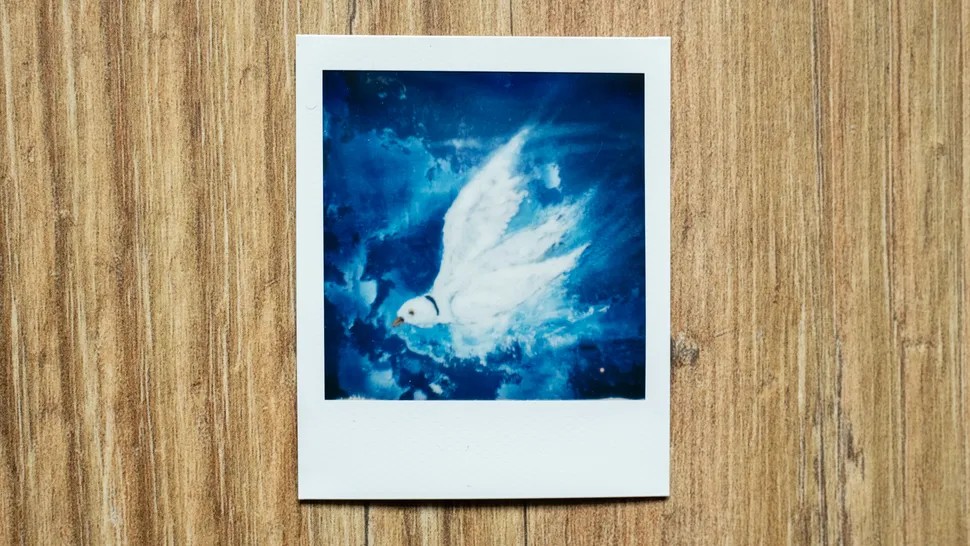
The Go 2 couldn’t be easier to use; it’s a point-and-shoot camera with automatic exposure and a fixed-focus lens. The lens is made of polycarbonate resin, and produces an equivalent focal length of 51.1mm, which is perfect for this type of camera. The minimum focusing distance is 1.5ft / 45cm, so the Go 2 isn’t at all suited to close-up photography, unfortunately.
The shutter speed is automatically set between 1/300 sec and 1 sec, while the aperture is adjusted between f/9 and f/42. Exposure overall isn’t bad, but I found that images erred slightly towards underexposure, and the camera performs much better in brighter conditions than in low light. There is a flash that helps in low light, but it’s not powerful, so its effectiveness is limited. Still, it’s better to have than not.
Image quality isn’t quite what I remember of Polaroid cameras, lacking the clarity and color balance I can recall. Sure, it was never perfect from point-and-shoot Polaroid cameras, but it was better. Development time is also advertised as 10-15 minutes, which does appear correct, and this is much longer than Polaroid film of old, which only took a few minutes to develop. I suspect that the chemicals have been changed since then, potentially using a more environmentally friendly and/or less costly formula.
Image 1 of 2
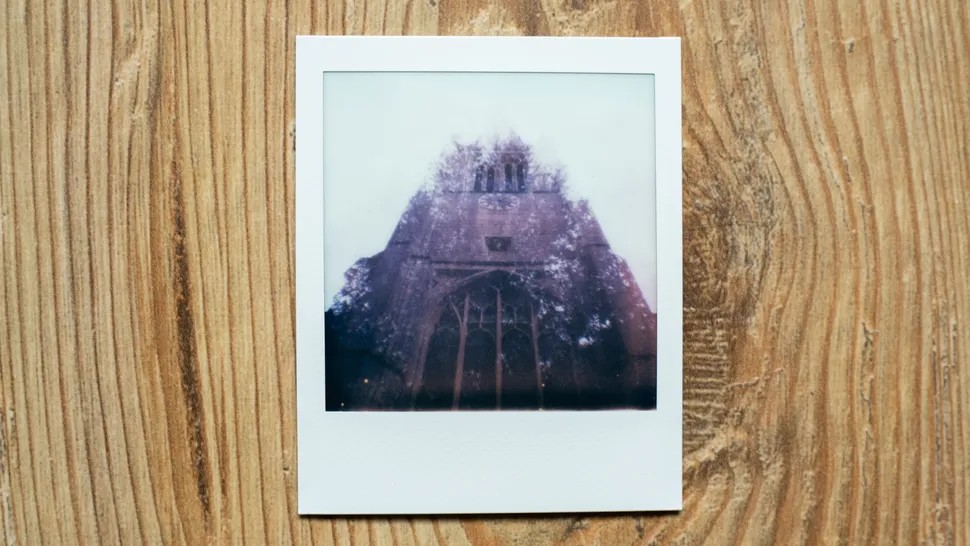

This wait time takes away some of the magical immediacy of using an instant camera, but at the same time it’s ultimately not a problem. Prints are 2.62 x 2.12 inches / 66.6 x 53.9mm with a 1.85 x 1.81-inch / 47 x 46mm image area; the small print size is comparable to that of Fujifilm’s Instax Mini prints, albeit with Polaroid’s square format rather than Fujifilm’s rectangular image area.
Prints also typically exhibit more color casts and haziness than I remember, producing a more retro look and feel than Polaroid film from even as late as the early noughties. This isn’t a bad thing though; it certainly taps into the popularity of retro photography effects these days, and I like it.
Two features of the camera that stand out are the self-timer and the ability to capture double exposures. These are activated using specific presses of the flash button, and for double exposures, you’re shown a 1 and 2 on the shot remaining screen so you know which shot you’re taking. The flash is also activated by default, so if you don’t want or need flash you have to switch it off each time you switch the camera on.
Should I buy the Polaroid Go 2?
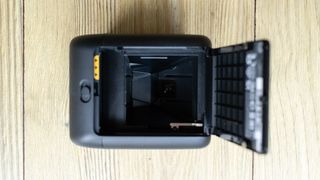
Buy it if…
You’d like to try an instant camera
If you’ve never used an instant camera the Go 2 is a great starting point in terms of size, weight, and cost when compared to larger-format instant cameras.
You’re aiming for retro vibes
The image quality, including color casts, is much more retro-looking than I remember of Polaroid cameras, so if you’d like a vintage-inspired aesthetic, you’ll certainly get that here.
You’d like something different
Digital photography is great, but the image quality is so good it can almost feel clinical. The Polaroid Go 2 offers an altogether different experience in that you never quite know what you’ll get.
Don’t buy it if…
You want digital images
This is an entirely analog instant camera, so no digital files are produced. You can, however, digitize prints using a scanner or even by photographing prints with a digital camera.
You don’t want ongoing costs
There’s no getting away from the fact that instant photography is going to cost you in terms of film packs, so if you’re not prepared to pay for each shot you take, this isn’t the camera type for you.
You’d like larger instant prints
This is a mini instant camera, and the prints are naturally mini in size. They look great, but if you’d like larger prints you’ll have to consider an alternative model such as the Polaroid Now.
How I tested the Polaroid Go 2 instant camera
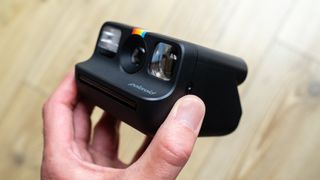
I tested the Polaroid Go 2 Instant Camera over several days, using it to capture a range of subjects in different lighting conditions. I also tested the few features that the camera has to offer, which are basic, but fun and useful nonetheless.
Since exposure is fully automatic, except for being able to switch the flash on or off, all testing was a point-and-shoot affair, but that’s exactly what basic Polaroid cameras are used for – instantaneous simplicity. Having somewhere to safely store exposed prints was a necessity, however.
Having used both Polaroid and Fujifilm Instax cameras in the past, using the Go 2 was as intuitive as I’d hoped, and the small size and light weight of the camera made it much easier to carry around than full-size instant cameras.












